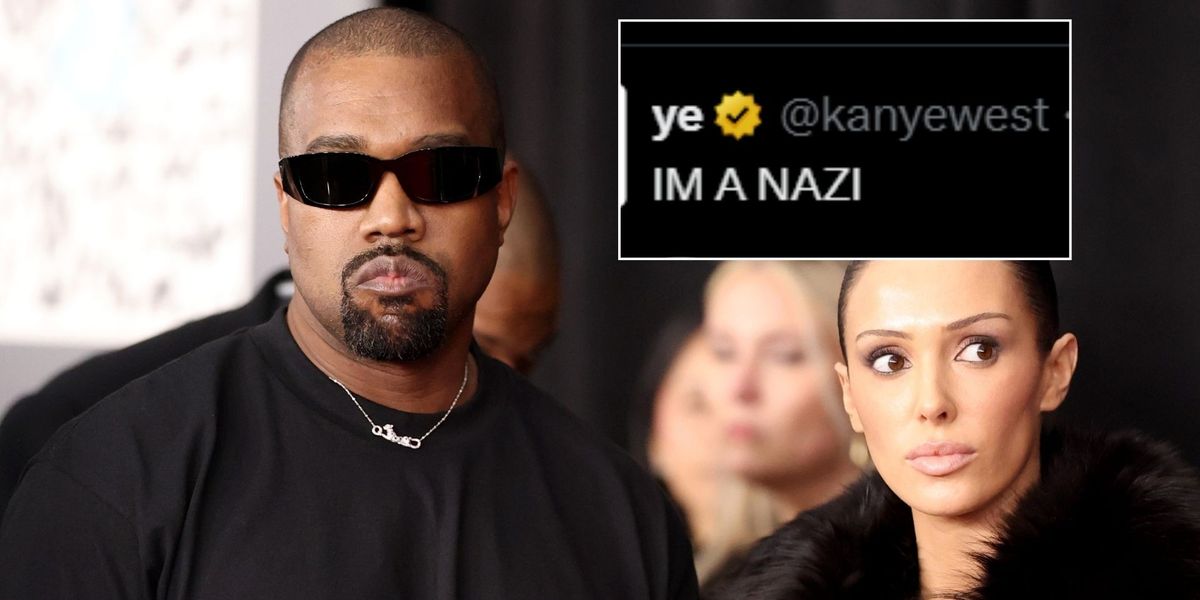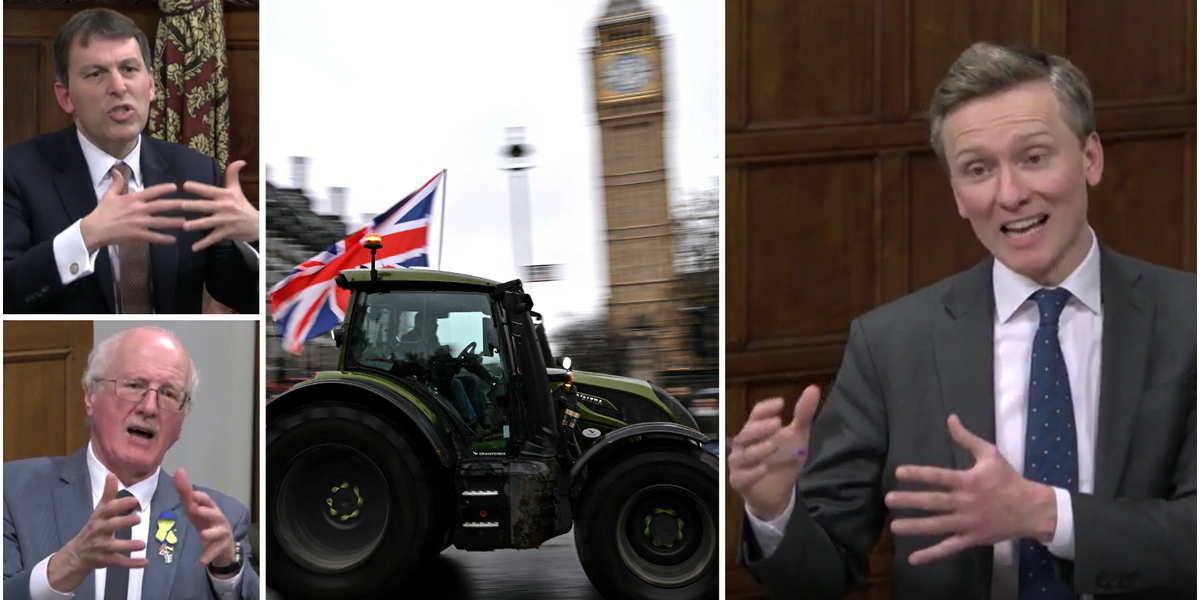Britain is at risk of falling into “stagflation” this year as the consumer price index (CPI) rate of inflation is forecast to hit 3.7 per cent by the summer while economic growth plateaus, according to analysts.
Earlier this week, the Bank of England delivered a stark warning for the UK economy, slashing its growth forecast for 2025 to just 0.75 per cent – half of its previous 1.5 per cent prediction made in November.
The downbeat assessment comes as a double blow to Chancellor Rachel Reeves, who recently reaffirmed the Government’s commitment to growth in a major speech.
This outlook emerges just as the Bank of England confirmed it has cut interest rates by a quarter point to 4.5 per cent, marking its third reduction in six months, in a win for workers.
However, business leaders have pointed to Reeves’s £25billion increase in employer National Insurance contributions, set to take effect from April, as a key factor behind falling confidence.
Do you have a money story you’d like to share? Get in touch by emailing [email protected].
The UK economy is at risk of “stagflation”, experts warn
GETTY
Laith Khalaf, the head of investment analysis at AJ Bell, warns that rising prices “will not make for happy consumers who have might have hoped that high inflation is in the rear-view mirror”,
While 3.7 per cent inflation is far from the recent double-digit peaks seen during the Covid pandemic, Khalaf notes it “adds to the cumulative load” of prices hikes seen in recent years.
The investment expert is cautioning this could trigger new salary negotiations, with wage growth already running hot, potentially stoking further inflationary pressures.
According to Khalaf, the Bank could control these pressures by maintaining higher interest rates but this would mean “more sustained pain for mortgage borrowers and for companies refinancing debt.”
Reeves is under fire for her Budget policies
PA
The primary driver behind rising inflation is higher energy prices, according to analysts. The Chancellor’s Budget policies are also expected to contribute to price pressures, including the hike in National Insurance, VAT on private schools and increased cap on bus fares.
Last month, Reeves outlined her plan to “kickstart the economy” and focus on economic growth but concerns have been raised whether the Bank of England’s forecast will derail this.
“It’s looking increasingly likely that Rachel Reeves is going to have to do something substantial alongside issuing the Spring Statement in March, despite committing to only one fiscal event per year,” says Khalaf.
Furthermore, President Donald Trump’s new tariff proposals have created additional uncertainty in international markets, though these haven’t yet been factored into the Bank’s forecasts.
Market expectations still point to two interest rate cuts by the end of 2025, with rates projected to stabilise around four per cent.
However, Khalaf warns that predicting rates far ahead is highly uncertain, particularly given the current market turbulence.
LATEST DEVELOPMENTS:
“Overall, the Bank is painting a pretty bleak, stagflationary picture for 2025, which could get worse if Trump pushes through with widespread trade tariffs,” says Khalaf.
Joe Nellis, an economic adviser at MHA, added: “There are also domestic worries holding the BoE back. The introduction of increased employer NICs and an elevated minimum wage in April is fast approaching.
“This comes at a time when average earnings are continuing to rise, with year-on-year growth reaching 5.6 per cent in November, its highest level since May.
“With these inflationary concerns looming in the background, the Bank of England have made a calculated gamble. If they can reignite the economy without causing an inflationary fire, this gamble will have paid off.”











